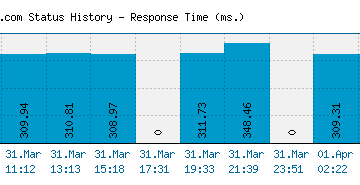The Importance of AJAX in Modern Web Development

Introduction to AJAX
As the demand for interactive and dynamic web applications continues to rise, AJAX (Asynchronous JavaScript and XML) has become a fundamental technology in web development. It enables web pages to update asynchronously by exchanging small amounts of data with the server behind the scenes. This capability allows for smoother user experiences without requiring full page reloads, making it an essential part of modern web design and functionality.
What is AJAX?
AJAX is not a programming language but a technique that combines several technologies. It relies on a mix of JavaScript, HTML, and CSS for the user interface, while it uses the XMLHttpRequest object to communicate with the server. although XML was once the primary data format, JSON (JavaScript Object Notation) has become the preferred format due to its lightweight nature and ease of use with JavaScript.
Practical Applications of AJAX
AJAX is widely used in various applications across the internet. Popular use cases include:
- Form Submission: AJAX allows for forms to be submitted without refreshing the whole page, enhancing user experience.
- Dynamic Content Loading: Features like “infinite scroll” on social media and image galleries load additional content seamlessly.
- Real-time Updates: Applications like Google Maps use AJAX to update map data dynamically based on user interactions.
These applications showcase how AJAX improves performance and makes web applications feel faster and more responsive.
Current Trends and Future of AJAX
Recent years have witnessed the rise of frameworks and libraries like React, Angular, and Vue.js, which simplify the implementation of AJAX through their respective concepts of virtual DOMs and component-based structures. Although these frameworks often integrate AJAX techniques inherently, understanding the underlying principles of AJAX remains vital for developers. Looking ahead, we can expect continued evolution in how AJAX is implemented, particularly with the growing focus on progressive web apps (PWAs) and improved browser capabilities.
Conclusion
AJAX plays a pivotal role in the contemporary web, underpinning the design of responsive applications that cater to user interactivity. As technologies advance, the integration of AJAX will likely remain a cornerstone technique for developers aiming to create engaging and seamless user experiences. Understanding AJAX not only enhances a developer’s toolkit but also ensures that developers can leverage the full potential of modern web functionalities.









